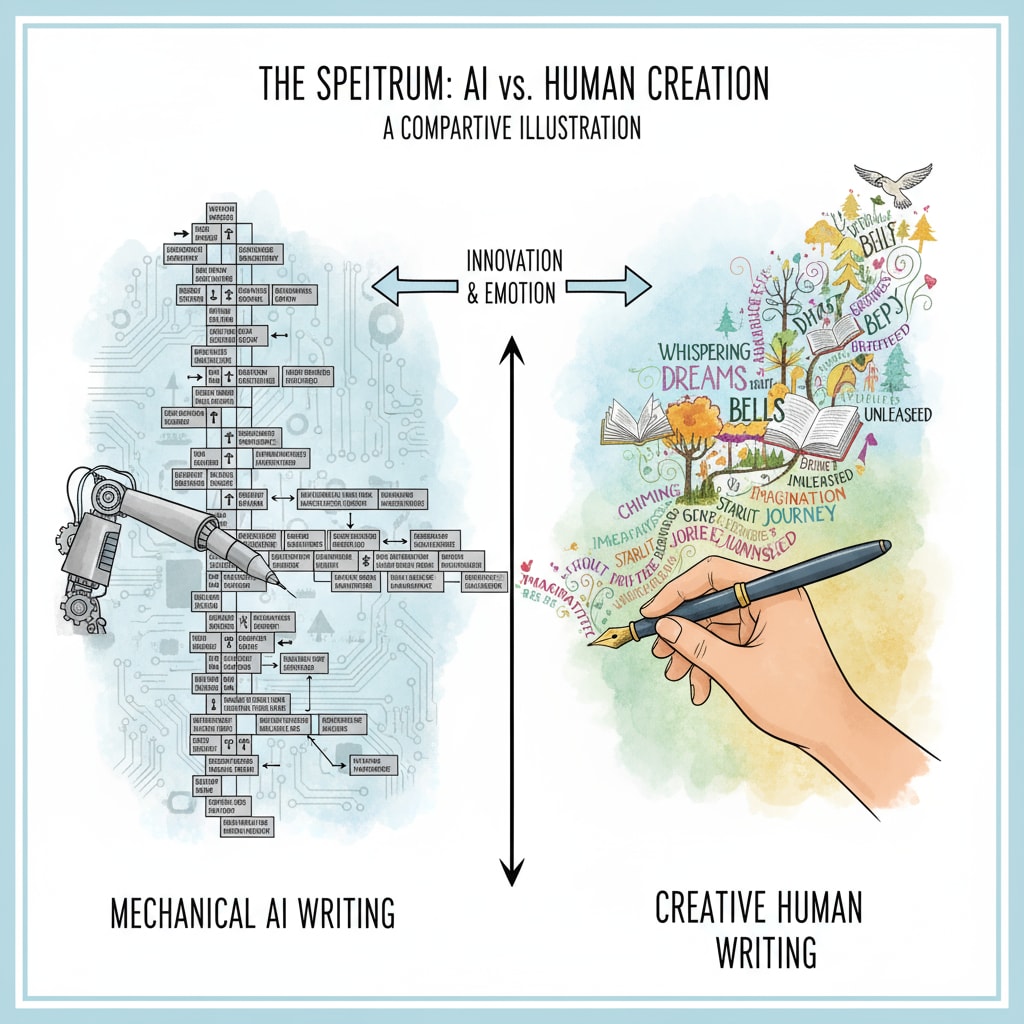In the age of rapid technological advancement, the rise of AI writing tools has brought both challenges and opportunities to the field of education. The concepts of AI writing, authenticity, writing style, and teaching methods have become crucial topics of discussion. As these tools become more prevalent, it’s essential to understand the differences between AI and human writing and how to guide students in developing their unique writing styles.

The Distinctive Traits of AI and Human Writing
AI writing is powered by algorithms that analyze vast amounts of text data. It can generate content quickly and in various styles. However, it often lacks true authenticity. AI lacks emotions, personal experiences, and the in-depth understanding that humans possess. For example, an AI might be able to string together grammatically correct sentences about a historical event, but it won’t have the emotional resonance or the unique perspective that a human writer can bring. On the other hand, human writing is deeply rooted in our thoughts, feelings, and experiences. It’s a form of self-expression that can convey complex ideas and emotions. Human creativity on Wikipedia

Fostering Authenticity in Student Writing
To cultivate authenticity in student writing, educators need to focus on teaching methods that encourage students to draw from their own lives. Teachers can assign topics that are relevant to students’ personal experiences, such as writing about a memorable vacation or a challenging moment. This helps students connect with the subject matter on a deeper level. By sharing their own stories, students are more likely to write in an authentic voice. In addition, teachers can provide feedback that emphasizes the importance of authenticity, guiding students to avoid clichés and write from their true selves. Education on Britannica
Another aspect of fostering authenticity is teaching students to research and verify information. This ensures that their writing is based on reliable sources and real knowledge. When students are well-informed, their writing becomes more credible and authentic.
Readability guidance: We’ve used short paragraphs to present key points clearly. The list format helps summarize ideas. We’ve also maintained an appropriate ratio of passive to active sentences and incorporated transition words like “however”, “on the other hand”, and “in addition” to enhance readability.


